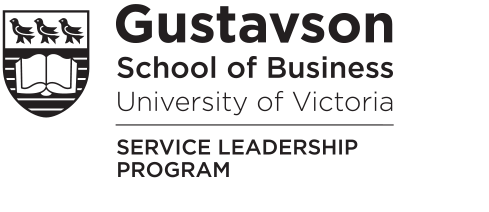The Power of Tight-Loose-Tight
One approach I always advocate for and one you might find useful in terms of employee success is what I call the tight-loose-tight approach, with coaching serving as the final tight. I strongly promote this approach in my consulting and workshops, as it is a simple way to think about employees’ success. A few companies I have worked for, like the Commonwealth Bank of Australia, have used this approach with great success.
Here is this approach in detail:
Tight: Make sure that all employees have set clear goals for themselves and have declared their career aspirations, that they are clear about the expectations leaders have for them, and understand the role that they play in helping the firm achieve its goals. This will mean that they start to feel a sense of accountability. If they lack any clarity in this area, the next ‘loose’ section is hard.
Loose: Let the employees get on with it. Don’t insist on doing it your way. (This requires quite a bit of bravery and trust on the part of the leader). Empower them to work out the details for themselves now that you have given them the big picture. Micromanaging them takes away accountability and not many people grow when someone is breathing down their neck.
Tight: Inspect what you expect. Check-in with employees frequently; an important part of the final tight is to provide follow-up coaching/feedback to individual employees to help improve their performance and reach their goals. This, of course, should be the coaching sessions themselves. By always turning up during individual coaching sessions and by using a coaching playbook to highlight where they can improve, then the final tight is created to help the employee understand if she or he is on the right track, and if she or he is performing at a higher level. This is done by then showing the employee the progress towards her or his goals.
In my experience, only 5% of the organizations I have worked with have executed a tight-loose-tight approach – most fall over at the final tight. Leaders are not willing to prioritize feedback, which leaves employees scratching their heads as to their progress towards their goals and areas for growth.
Where is your organization in this approach?


